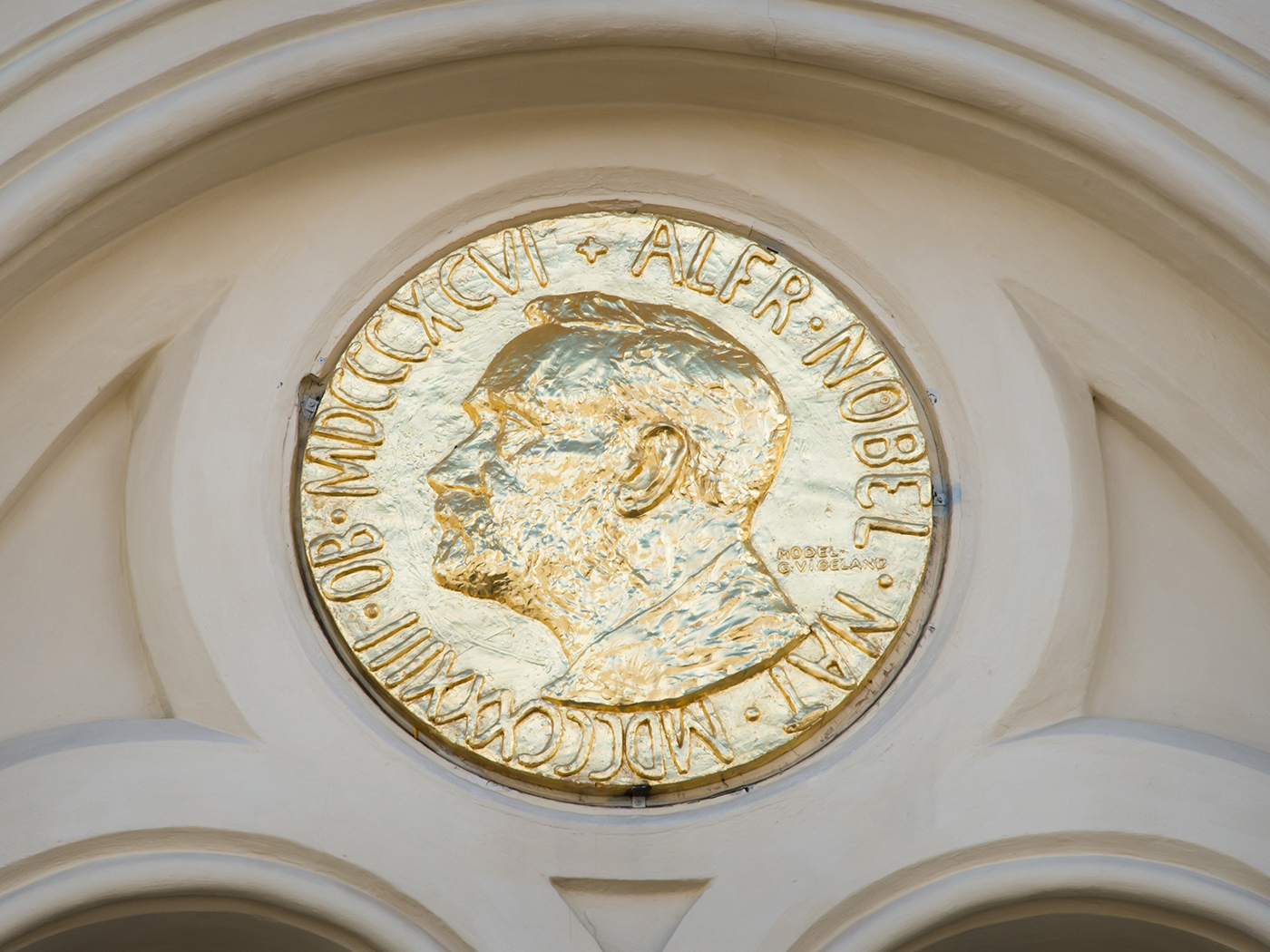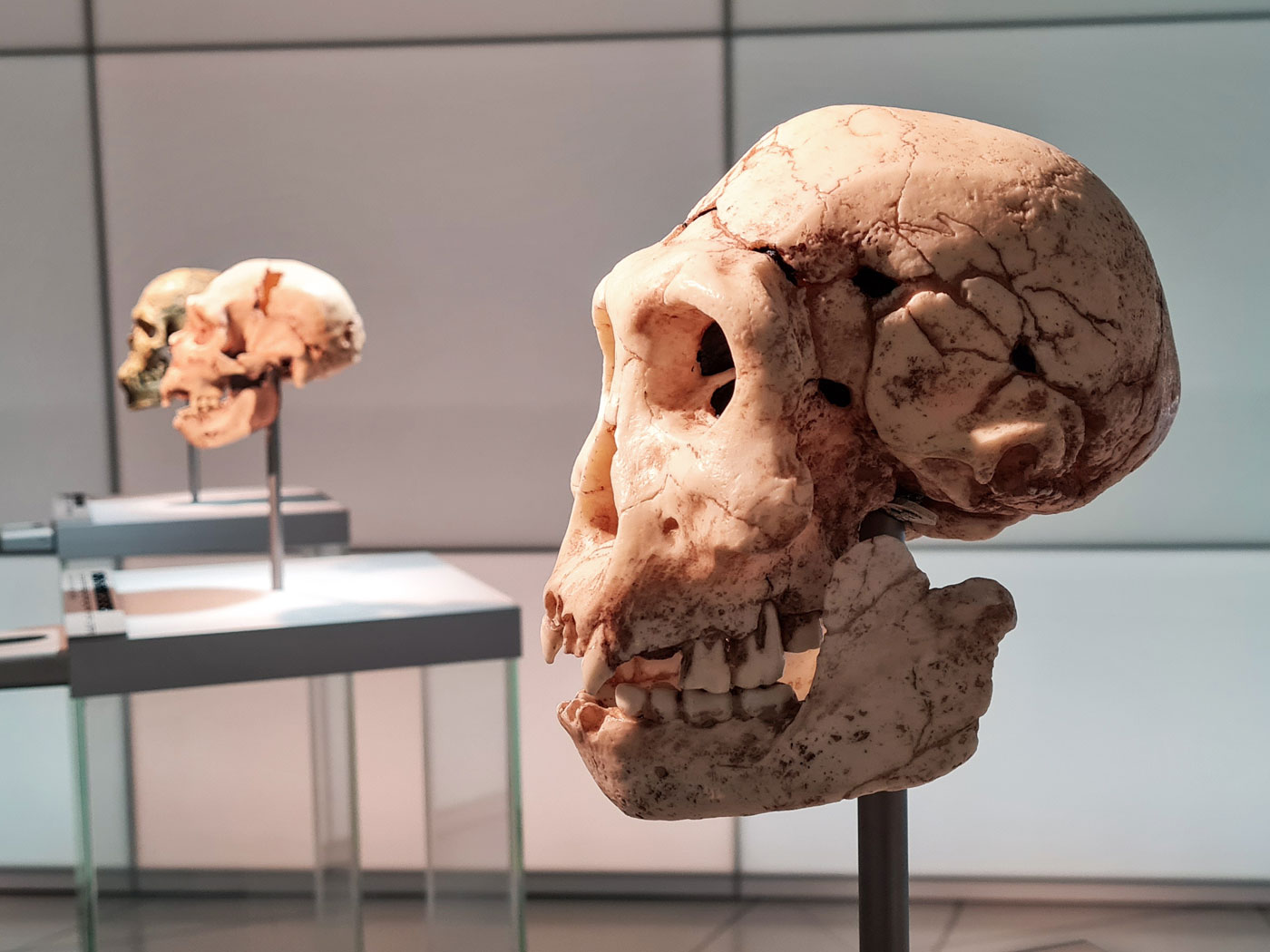New research has uncovered a tiny protein that, when it breaks down, leads to cancer. This useful protein attaches to DNA in certain places and serves as a marker or “fence post.” These fence posts keep certain zones of DNA accessible to the cell regulatory mechanisms that activate gene expression to produce other proteins. If the protein posts are knocked down, these regions of DNA become inaccessible and the cells become cancerous. But how could cells have evolved if the necessary restructuring of their DNA, and therefore of these critical posts, would have likely led to their demise?
“Normally, a complex network of accelerators (growth factors) and brakes (tumor suppressors) keeps a tight lid on cell proliferation [growth and division],” stated the press release announcing the research study’s findings.1 When these factors are altered, the cell will grow and divide without regulation and create a tumor. Further genetic errors in the tumor’s tissue lead to cell-cycle regulation that is out of control, resulting in cancer.
The study’s co-author, Michael Witcher, discovered a new cause for the breakdown of these “complex accelerators and brakes.” One brake is a protein called p16, and in many cancers this gene becomes so tightly locked down inside the nucleus of some cells that it is not expressed. When the brakes go out, the cell loses control of its growth. Witcher found that removing some of the “molecular fence posts” from the DNA means that the p16 contained in that portion of DNA becomes inaccessible, which means that it will not be expressed and therefore cannot do its part to regulate the cell growth rate.
So, if these protein fence posts break down, the cell does, too. But how could macroevolution have occurred without rearranging significant portions of DNA, including these essential, precisely-structured areas? If some physical random process like mutation added new DNA or rearranged portions of it, it eventually would have knocked out one of these fence posts, resulting in cancer and possibly the death of the organism.
The same principle applies to visible structures. If a lizard’s front limbs were significantly lengthened to become more wing-like—which must have happened for the evolutionary story of bird origins to be true—then the transitional creature would be both unable to fly and insufficiently mobile on land. A lizard’s legs are the size they are because they are proportioned to support the reptile’s weight and specific mode of locomotion.
The precise structure of lizard limbs is like the structure of the genetic fence posts. It must be in place for the organism to be fit and survive. Each creature has many key regulatory systems in its DNA that cannot be altered without the whole organism suffering dire consequences. Remarkably, evolutionary philosophy is forced to maintain that thousands of these key features have been altered without harming, but instead benefiting, that creature! The research tells a different story: The first breach of a key system such as a genetic fence post leads to disease or death, not evolutionary progress.
Reference
- Good fences make good neighbors: Missing genomic "fence posts" explain inactivated tumor suppressor genes in breast cancer. Salk Institute for Biological Studies press release, May 14, 2009, reporting on research published in Witcher, M. and B. M. Emerson. 2009. Epigenetic Silencing of the p16INK4a Tumor Suppressor Is Associated with Loss of CTCF Binding and a Chromatin Boundary. Molecular Cell. 34 (3): 271-284.
* Mr. Thomas is Science Writer at the Institute for Creation Research.
Article posted on June 3, 2009.

























